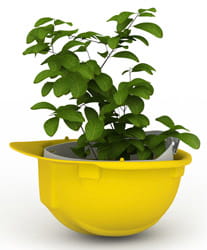SEIR Building
In fall 2018 UTA opened the new SEIR building, a state-of-the-art teaching and research space that is the heart of life and health science research on campus. The modern glass and steel building provides a new, iconic southern entry to the UTA campus, south of the existing Life Science building. SEIR is designed to accommodate planned growth in the Colleges of Engineering, Nursing and Health Innovation, and Science.
The building is designed in accordance with sustainable practices, including high-energy efficient heating and cooling systems, water conservation practices, and sustainable materials for flooring and interior finishes.
